Advertisement
New pancreatic cancer clinic offers comprehensive care
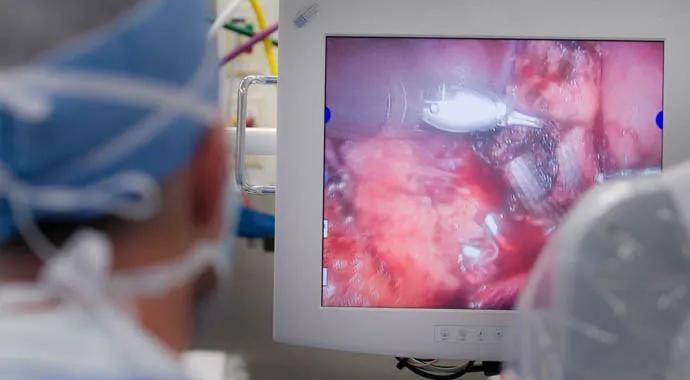
In October 2013, a 78-year-old male was referred to Cleveland Clinic for a discussion of treatment options for pancreatic adenocarcinoma. Over the summer, the patient had developed early satiety and loss of appetite. He had presented to his local Emergency Department one month prior with abdominal pain and jaundice. Imaging showed a mass in the pancreatic head, which was biopsied and was consistent with low-grade pancreatic adenocarcinoma. An internal/external biliary drain was placed, and the patient was sent home.
Advertisement
Cleveland Clinic is a non-profit academic medical center. Advertising on our site helps support our mission. We do not endorse non-Cleveland Clinic products or services. Policy
At Cleveland Clinic, the case was reviewed by members of the Pancreatic-Biliary Tumor Board before the patient was seen in our Pancreas Clinic. Solid tumor oncologist Alok Khorana, MD, and general surgeon Matthew Walsh, MD, agreed the patient was a candidate for resection. Because the typical indication for neoadjuvant chemoradiation is unresectability or borderline resectability, there was no indication for treatment prior to surgery. The patient’s imaging revealed no invasion of vascular structures, but concerns for persistent jaundice causing potential delays in initiating chemo/radiation therapy also contributed to the decision to perform surgery first. Because the risk of recurrence was very high, a minimum of six months of chemotherapy, with or without radiation, following surgery was advised.
One week later, Dr. Walsh performed an open pylorus-preserving pancreaticoduodenectomy with cholecystectomy (Whipple procedure) under general anesthesia. Pathology revealed moderately differentiated ductal adenocarcinoma, with negative margins. Sixteen lymph nodes were negative.
The patient’s postoperative course was uneventful. On postoperative day 6, a CT scan identified postoperative changes without fluid collections. His diet was advanced to soft foods and nutrition supplements to increase caloric intake. On postoperative day 7, his feeding tube was removed, along with a few staples. On day 8, the JP drain was removed, and he was discharged to a skilled nursing facility following recommendations from physical therapy for deconditioning.
Three weeks after surgery, the patient remained in rehab but was progressing well and had no need for narcotic pain medication. His appetite had improved, and he was eating solid foods. Although his cancer was early-stage, he was told that he remains at high risk for recurrence. Large randomized trials have clearly shown a benefit for adjuvant chemotherapy with gemcitabine or 5FU.
Dr. Khorana recommended a regimen of gemcitabine 1,000 mg/m2 q wk x 3 in a four-week cycle for six months. Adjuvant radiation was not recommended, given conflicting data regarding its benefit in this setting. The patient was agreeable to adjuvant treatment, which will be arranged at a location closer to his home.
Advertisement
Advertisement

Study demonstrates superior visualization of occult primary lesions

New device offers greater tumor control for malignant liver lesions
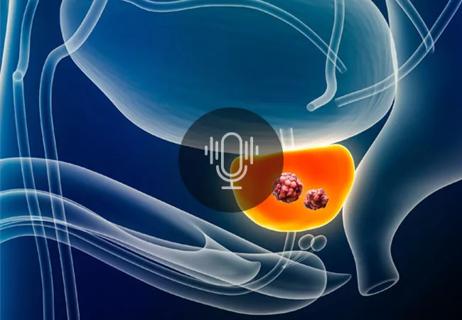
Patient factors and cancer characteristics are key to deciding between focal therapies and whole gland treatment
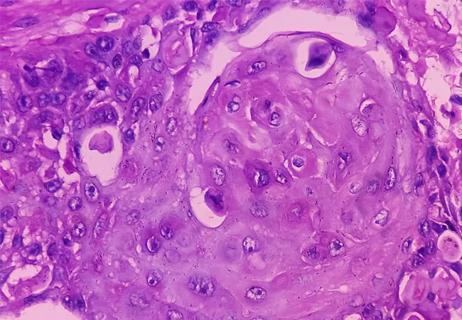
Rare cancer presents as unresolved changes of the nipple
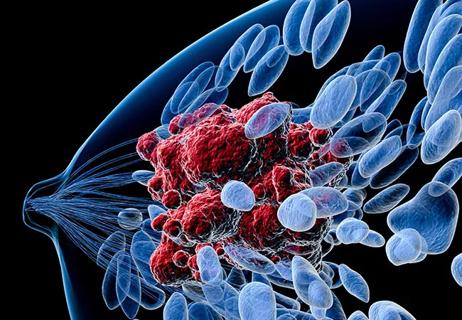
Are we ready for ‘observation’ of lesions found on core needle biopsy?
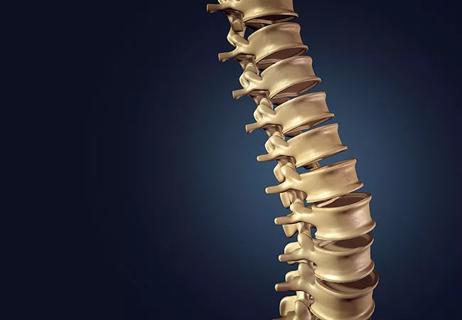
Two-day procedure prevents neurologic compromise for octogenarian

Preoperative chemotherapy enables successful surgical resection
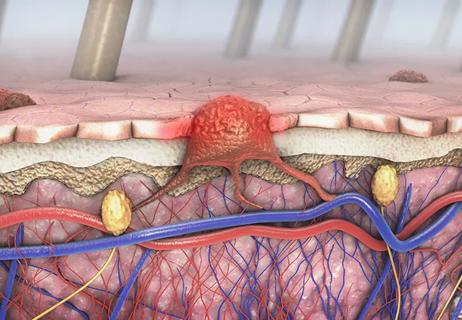
Study finds high levels of a CD8 T-cell subpopulation to be predictive of ICI resistance